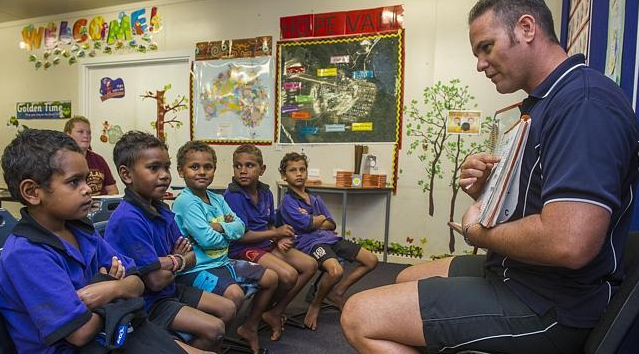Back to Course
Practice Provide Positive Praise and Affirmations
0% Complete
0/0 Steps
-
Module Introduction2 Topics
-
Delivered With Fidelity15 Topics|2 Tests
-
Cover
-
Module Objective
-
What Happens When Positive Praise and Affirmations Are Provided With Fidelity?
-
How to Provide Positive Praise and Affirmations
-
Using Affirmations in Lessons
-
The Teacher Teaches Expected Behaviours
-
The Teacher Teaches Expected Behaviours: Example
-
The Teacher Delivers Lessons Fluently While Providing Praise
-
The Teacher Delivers Lessons Fluently While Providing Praise: Example
-
Providing Positive Praise Throughout the Day
-
Students Are Confident, Engaged Learners and Have Appropriate Behaviour
-
Students Are Confident, Engaged Learners and Have Appropriate Behaviour: Example
-
The Teacher Contributes to Building a High Expectations School Culture
-
Check Your Understanding
-
Test Your Understanding
-
Cover
-
Not Delivered With Fidelity11 Topics|2 Tests
-
Cover
-
What Happens When a Technique is not Delivered with Fidelity
-
The Teacher does not Promote Expected Behaviours
-
The Teacher does not Promote Expected Behaviours: Example
-
Teachers are not Practising Adequately to Improve their Practice
-
Teachers are not Practising Adequately to Improve their Practice: Example
-
Students are not Confident, Engaged Learners and do not have Appropriate Behaviour
-
Students are not Confident, Engaged Learners and do not have Appropriate Behaviour: Example
-
The Teacher does not Contribute to Building a High-Expectations School Culture
-
Check Your Understanding
-
Test Your Understanding
-
Cover
-
Barriers That Impede Fidelity9 Topics|2 Tests
-
Cover
-
Barriers that Impede Delivering the Technique with Fidelity
-
Using Deductive Logic to Identify the Cause of the Barrier
-
Not Understanding why Providing Positive Praise and Affirmations is Required
-
Do not Know how to Provide Positive praise and Affirmations
-
Unfamiliar with Lesson Content so Unable to Provide Positive Praise or Affirmations
-
Not Providing Positive Praise Leads to more Incidences of Inappropriate Behaviour
-
Check Your Understanding
-
Test Your Understanding
-
Cover
-
Removing Barriers That Impede Fidelity15 Topics|2 Tests
-
Cover
-
Ways to Tackle Barriers So That the Technique Is Delivered With Fidelity
-
Teachers Learn Why Positive Praise and Affirmations Are Required
-
Process
-
Understand How to Give Positive Praise and Affirmations
-
Process
-
Become Familiar With the Lesson to Be Able to Add Specific Positive Praise and Affirmations
-
Prepare for the Lesson Process
-
Practice Delivery Process
-
Lesson Practise While Adding Positive Praise
-
Prevent and Manage Inappropriate Behaviour
-
Prevent and Manage Inappropriate Behaviour Process
-
Check Your understanding
-
Test Your Understanding
-
Lesson Completed
-
Cover
-
Module Completion Survey1 Topic
Participants 439
Lesson 2,
Topic 6
In Progress
The Teacher Teaches Expected Behaviours
ddewell@goodtogreatschools.org.au August 7, 2023
Lesson Progress
0% Complete

The Teacher Teaches Expected Behaviours
For praise to be effective, students need to know what the expectations are. The teacher explicitly states the criteria that they are using to evaluate the behaviours they expect. They deliver praise based on the expectations they are working on with their students.

How it works
The teacher:
- reiterates classroom rules and routines to the class to minimise disruption and inappropriate behaviours
- sets up the classroom to be able to see the whole class and easily move around the classroom. They listen closely to individual students during group responses and use proximity to encourage appropriate behaviour
- can see which students are following the directions and paying attention
- places lower-performing students front and centre, close to the teacher
- assigns seating to ensure that students are strategically grouped. This avoids inappropriate behaviours and minimises distractions.

